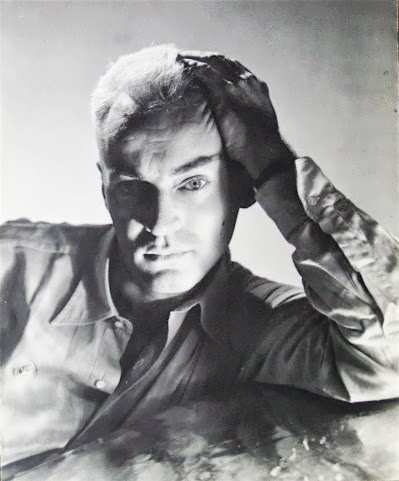 Bob Dylan in the train from Dublin to Belfast. Photo by Barry Feinstein, 1966
Bob Dylan in the train from Dublin to Belfast. Photo by Barry Feinstein, 1966
“Well, I ride on a mailtrain, baby
Can’t buy a thrill
Well, I’ve been up all night, baby
Leanin’ on the windowsill
Well, if I die
On top of the hill
And if I don’t make it
You know my baby will
Don’t the moon look good, mama
Shinin’ through the trees?
Don’t the brakeman look good, mama
Flagging down the “Double E?”
Don’t the sun look good
Goin’ down over the sea?
Don’t my gal look fine
When she’s comin’ after me?
Now the wintertime is coming
The windows are filled with frost
I went to tell everybody
But I could not get across
Well, I wanna be your lover, baby
I don’t wanna be your boss
Don’t say I never warned you
When your train gets lost”
It Takes a Lot to Laugh, It Takes a Train to Cry is a song written by Bob Dylan that was originally released on his seminal album Highway 61 Revisited, and also included on the compilation album Bob Dylan’s Greatest Hits 2 that was released in Europe. An earlier, alternate version of the song appears, in different takes, on The Bootleg Series Volumes 1–3 (Rare & Unreleased) 1961–1991 and The Bootleg Series Vol. 7: No Direction Home. It Takes a Lot to Laugh, It Takes a Train to Cry has been covered by numerous artists, including Super Session featuring Al Kooper, Mike Bloomfield and Steven Stills, The Allman Brothers Band, Marianne Faithfull, Jerry Garcia, The Grateful Dead, Stephen Stills, Ian Matthews, Leon Russell, Little Feat, Chris Smither, Taj Mahal, Steve Earle, Levon Helm and Toto.
The imagery is sexual, and the song can be interpreted as an allegory of someone who is sexually frustrated. Dylan would return to similar images and suggestions in later songs, such as I Dreamed I Saw St. Augustine and Señor (Tales of Yankee Power).
Dylan played the album version of the song live for the first time as part of his set in the August 1971 Concert for Bangladesh.
To watch this performance, please take a gander at The Genealogy of Style‘s Facebook Page: https://www.facebook.com/pages/The-Genealogy-of-Style/597542157001228?ref=hl

















































